Global independent research and energy intelligence company Rystad Energy has said Australia’s 82% renewable energy by 2030 target, will fall short by 17% under what they describe as the most optimistic scenarios, with gas being a key to energy security.
Rystad Energy research has forecast capacity shortfalls due to the retirement of coal and gas plants like Yallourn West and Eraring by 2028, in New South Wales (NSW), South Australia (SA) and Victoria.
The research found batteries and pumped hydro would significantly address grid instability, with 3 GW projected to be energised by the end of 2025, though it forecasts bottlenecks and longer supply wait times may hinder the timely development of renewables and energy storage.
The fast tracking of projects has most recently been addressed by the federal government through its National Renewable Energy Priority List (NREPL) launched in March 2025, singling out significant transmission, renewable generation and storage projects nationwide.
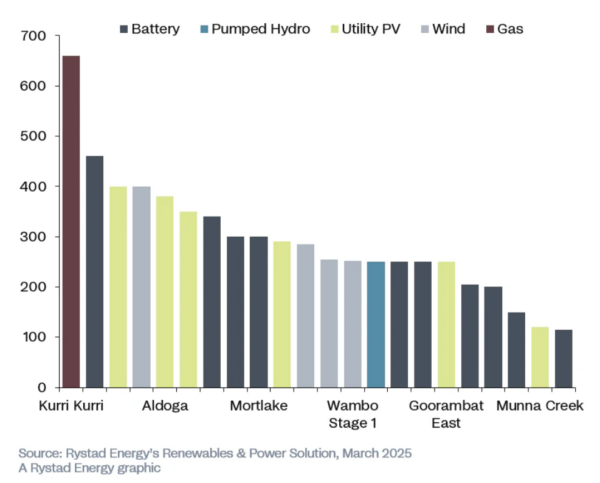
Image: Rystad Energy
In light of the pending federal election Rystad Energy estimates a Labor win will add a record 7.2 GW to the grid annually of both renewable energy and gas, primarily in Queensland, Victoria and NSW, while a Liberal National Party (LNP) would see a reduction in clean energy deployment, in quantities unknown.
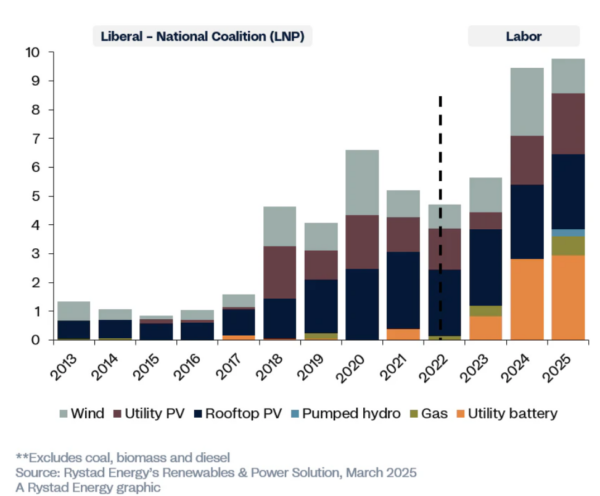
Image: Rystad Energy
Rystad Energy Head of Australia Gero Faruggio said renewable energy adoption is accelerating at unprecedented rates, and Australia is at the forefront of a battery revolution.
“However, more action is urgently needed to prevent a power shortfall in the coming years. The continent’s dispatchable generation is nearing critical levels and decisions made today will be pivotal in avoiding blackouts,” Faruggio said.
“This challenge extends beyond Australia, as countries around the world are increasingly relying on gas to support their energy transitions. This global shift is driving a surge in demand for gas-powered generation, resulting in longer lead times for the delivery of critical heavy turbine equipment.”
Faruggio added the window of opportunity to mitigate these challenges is rapidly closing.
“If we do not act swiftly, we risk an inflationary bubble caused by soaring gas and power prices, resulting in a heightened cost of living for consumers, Faruggio said.
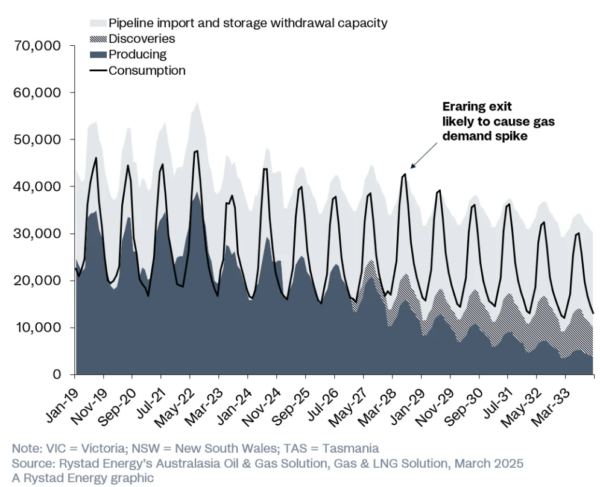
Image: Rystad Energy
Rystad Energy Gas and LNG Vice President Kaushal Ramesh said NSW, VIC and Tasmania are risking energy costs, having diminished their buffer capacity with declining gas production from legacy offshore Victorian fields.
“This increases their reliance on Queensland. Compared to the crisis year of 2022, these states now have severely diminished buffer capacity, which could trigger another price surge if multiple supply and demand shocks occur. Even in our most optimistic scenario, LNG imports to Australia are looking like an inevitability,” Ramesh said.
In January 2025 the Australian Competition and Consumer Comission (ACCC) however has said the east coast markets expected a gas surplus in 2025 of between 77 and 112 petajoules and between 54 and 99 petajoules in 2026.
On the issue of energy costs the Australian Energy Regulator’s (AERs) default market offer (DMO) released on 13 March 2025, recorded falls in the median market offers, with the most competitive between 19% and 25% lower than the DMO, saying key factors increasing prices for consumers include “unreliable coal generation and low solar and wind output”.
The Independent Australian Energy Market Commission (AEMC) recently released their latest Residential Electricity Price Trends (REPT) report projecting residential prices will fall by 13% over the next ten years if investment in renewables and related infrastructure continues.
This content is protected by copyright and may not be reused. If you want to cooperate with us and would like to reuse some of our content, please contact: editors@pv-magazine.com.
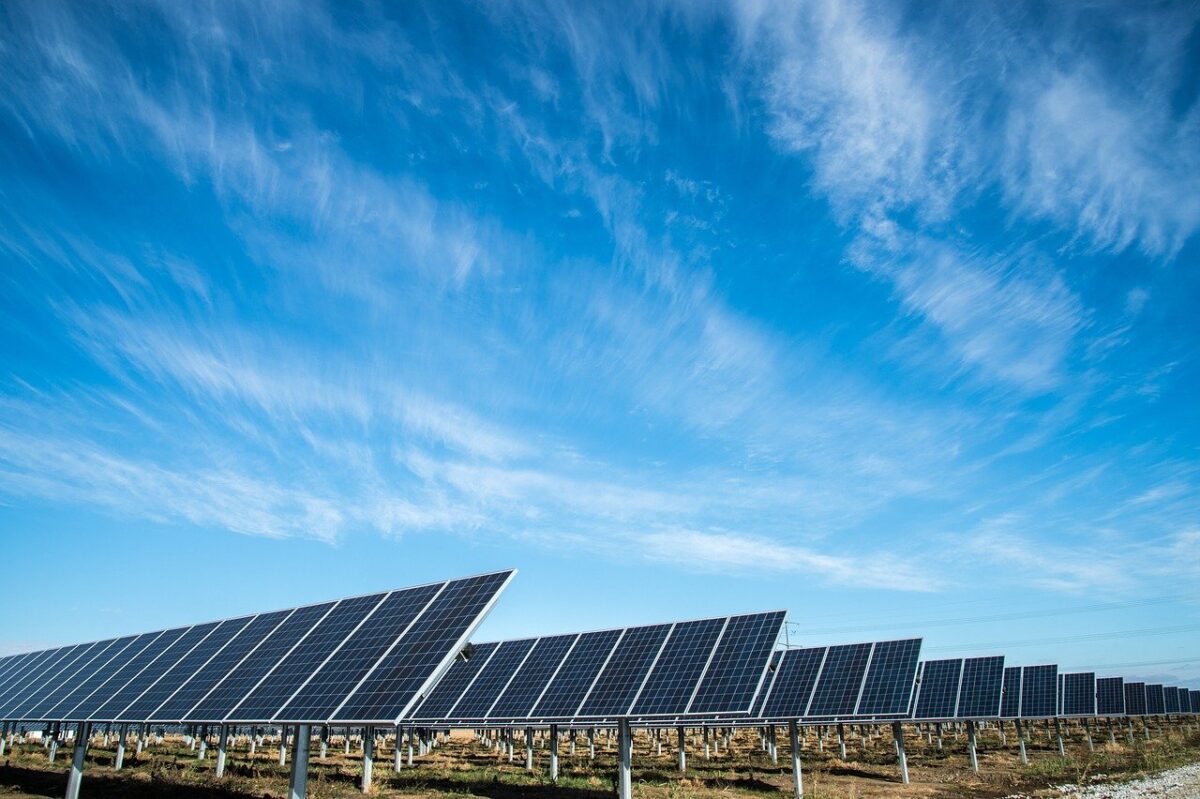



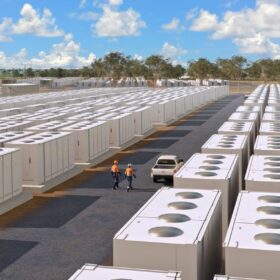
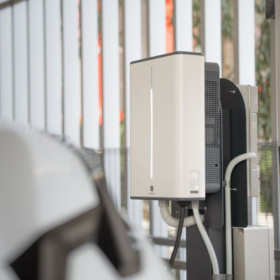
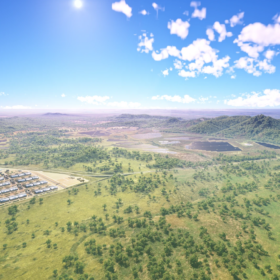
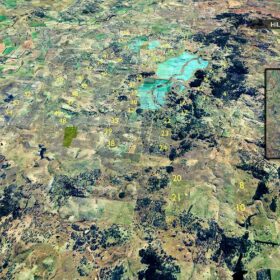
By submitting this form you agree to pv magazine using your data for the purposes of publishing your comment.
Your personal data will only be disclosed or otherwise transmitted to third parties for the purposes of spam filtering or if this is necessary for technical maintenance of the website. Any other transfer to third parties will not take place unless this is justified on the basis of applicable data protection regulations or if pv magazine is legally obliged to do so.
You may revoke this consent at any time with effect for the future, in which case your personal data will be deleted immediately. Otherwise, your data will be deleted if pv magazine has processed your request or the purpose of data storage is fulfilled.
Further information on data privacy can be found in our Data Protection Policy.